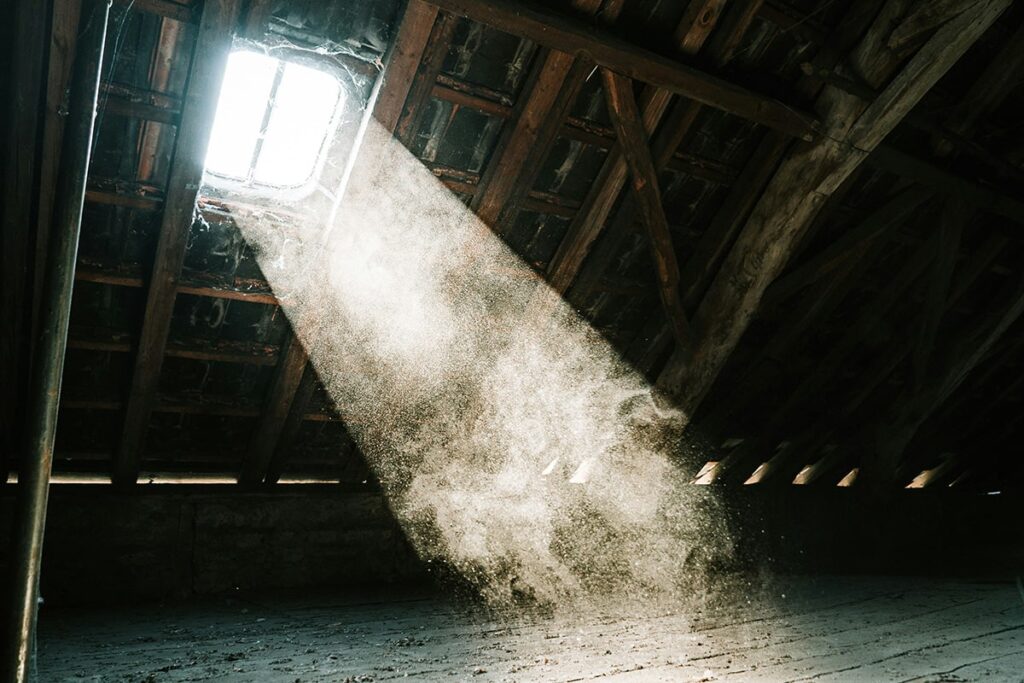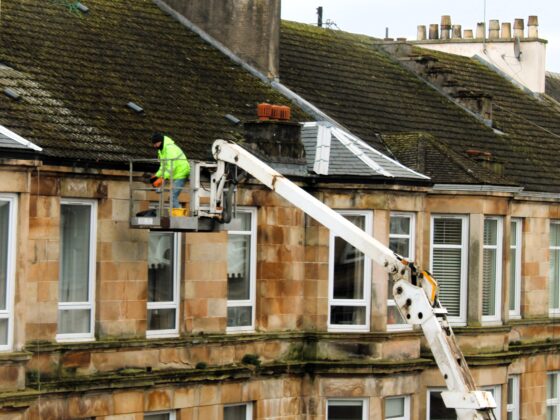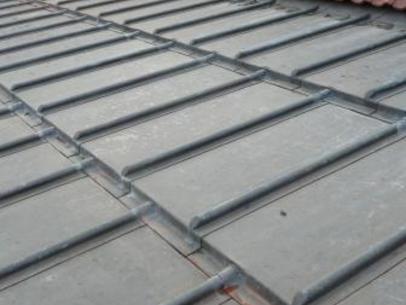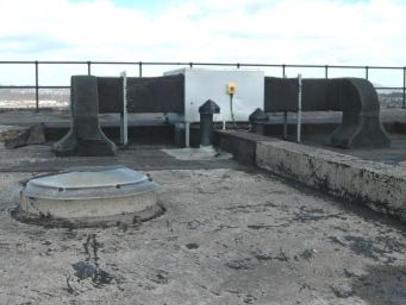In some cases, the loft may be individually owned. However, repairs to the loft are a common responsibility.
Often, the loft space belongs to the flat immediately below it – but as always, check your title deeds. If the loft is not in common ownership, some owners of top floor flats feel able to expand into the roof space. However, this requires consent.
In the event that the loft space is the property of the owner of the top floor flat and they wish to expand into it, there are certain procedures that must be followed prior to starting work, including:
- planning permission (to which other owners can object)
- a building warrant (which may not allow adding an additional storey to the living accommodation)
It is important to use the title deeds as a guide if you are considering a loft extension or any other alteration or improvement. Title deeds frequently outline how the property may be used, such as whether it can be utilised solely as a residence or also for business purposes. In addition, title deeds can specify which structural modifications are permissible and which are not, as well as whether maintaining a common colour scheme is necessary. If your proposed plans are in violation of the title deed or encroach on common property, you may need to obtain an agreement from the other owners and their consents.
If your property is listed or in a conservation area, there may be further restrictions on extensions imposed by your local council, so best to check with them directly.
Repairs to the timbers in the roof and other parts that form the structure of the building are almost always common repairs. Even if there is a loft extension, roof repairs remain a common responsibility. The owner of the top floor flat is obligated to give full access to the roof, whether that is via a loft extension or elsewhere in that particular property.
Installing loft insulation is defined as being maintenance, and if the loft is common property, installation of loft insulation can be seen as a common responsibility.





